|
28 Days Later: An Omicron ‘Remake’
COVID Continues to Kill - Death Rate in High Income Countries up 6x in 5 Months
Vaccines, Therapeutics and Vaccination in the West
Differential Death and Vaccination Rates
Three Key Questions
Outlook for 2002
Refana Update
Follow this link to see the graphs and insight in exhibits 1-5
1 Comment
COVID-19 death rates in the high income countries have increased 6x in 5 monthsThe current death rate in the advanced economies of 3 per million per day is now four times the average death rate in the rest of the world. Is this because of the reliance on mRNA vaccines? 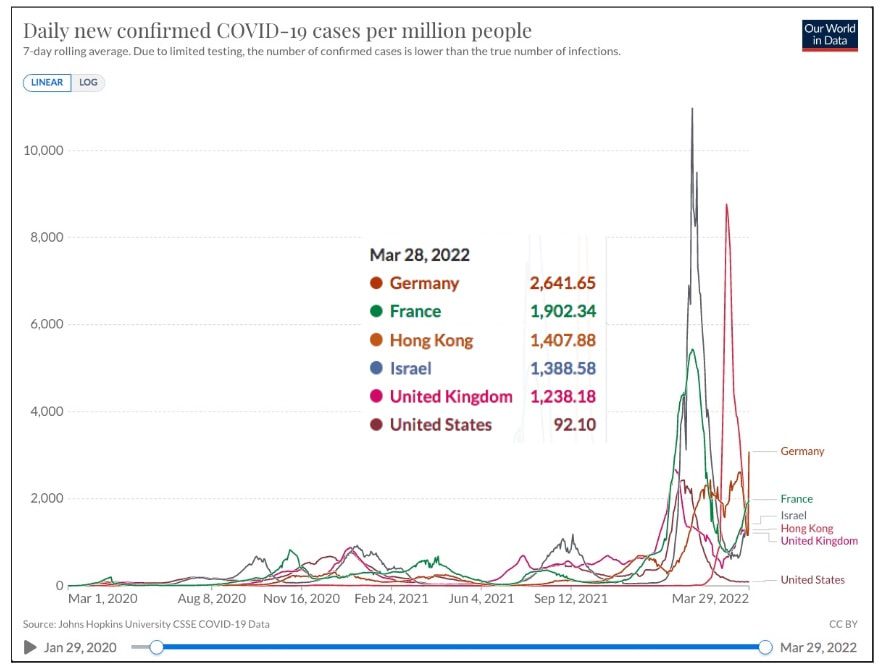 Exhibit 1 - Death Rates Per Capita Across High to Low Income Economies
Exhibit 2 - New Covid Infections per Capita across High to Low Income Countries
Exhibit 3 - Excess Mortality Rates for Selected Countries
Exhibit 4 - Vaccine/Booster Doses - Selected Countries
Exhibit 5 - Vaccine/Booster Doses by High to Low Income Countries
Thanks to 'Our World In Data' for the fantastic graphs. |
Practical Solutions for complex and urgent global medical problems
© 2024 Refana Inc

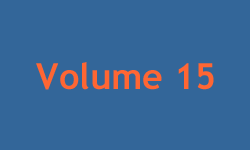
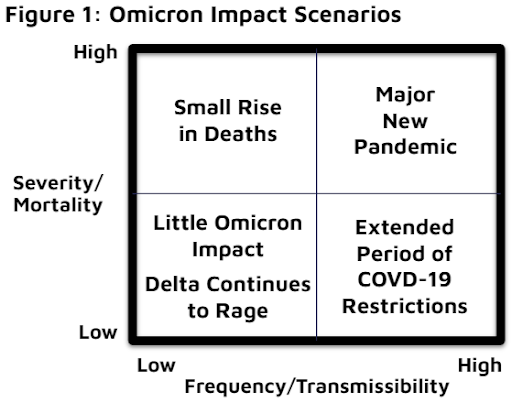
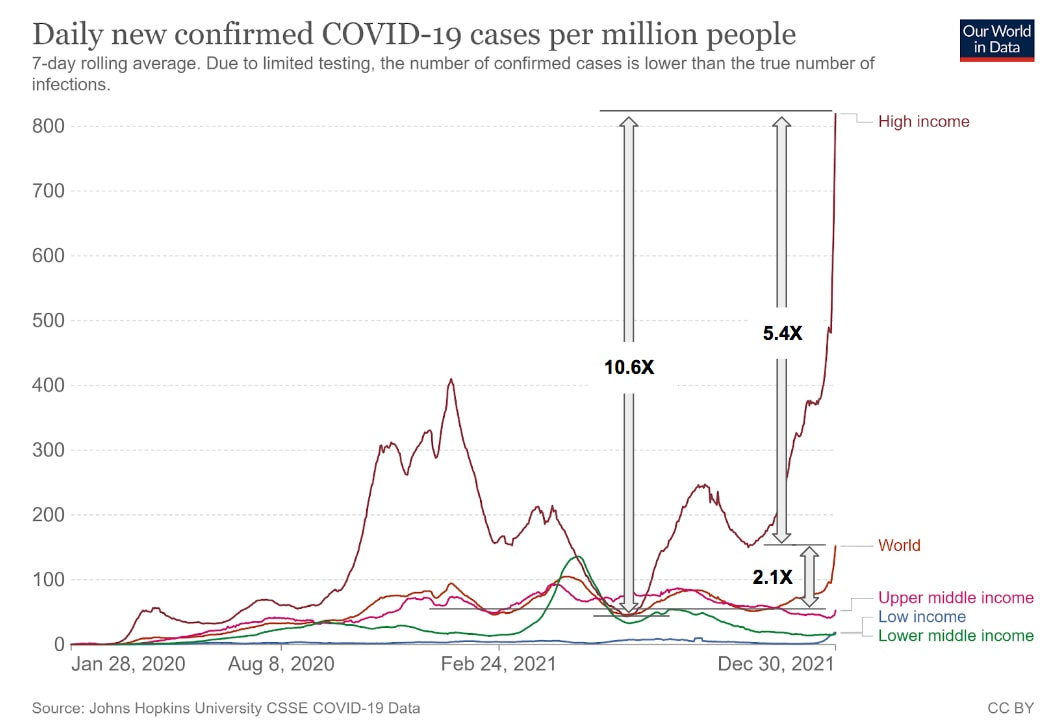
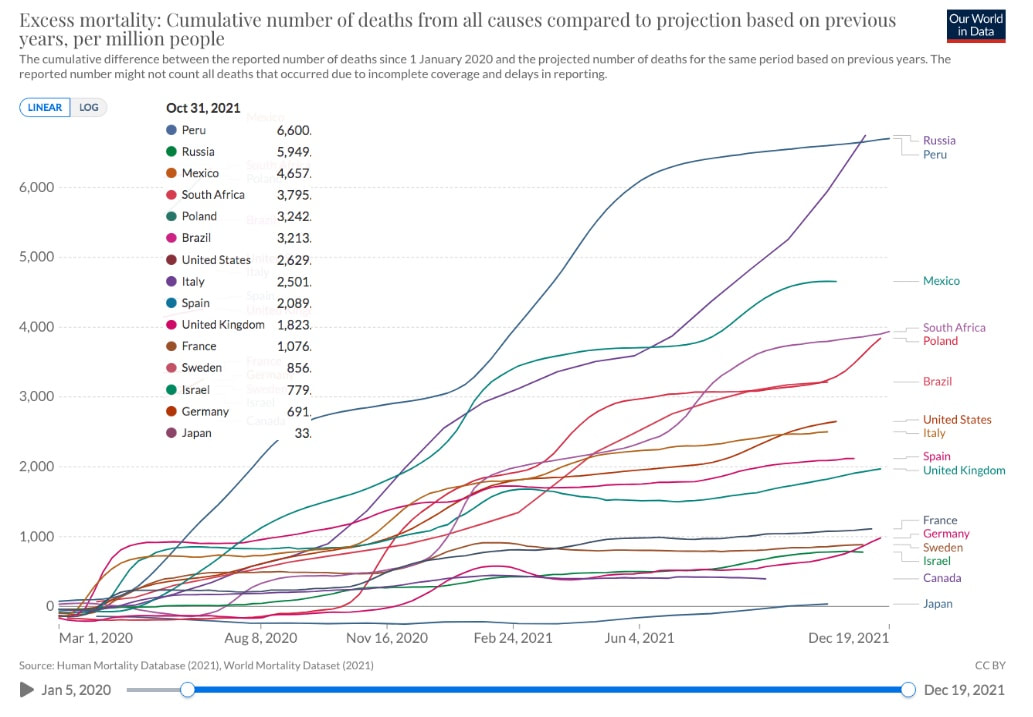
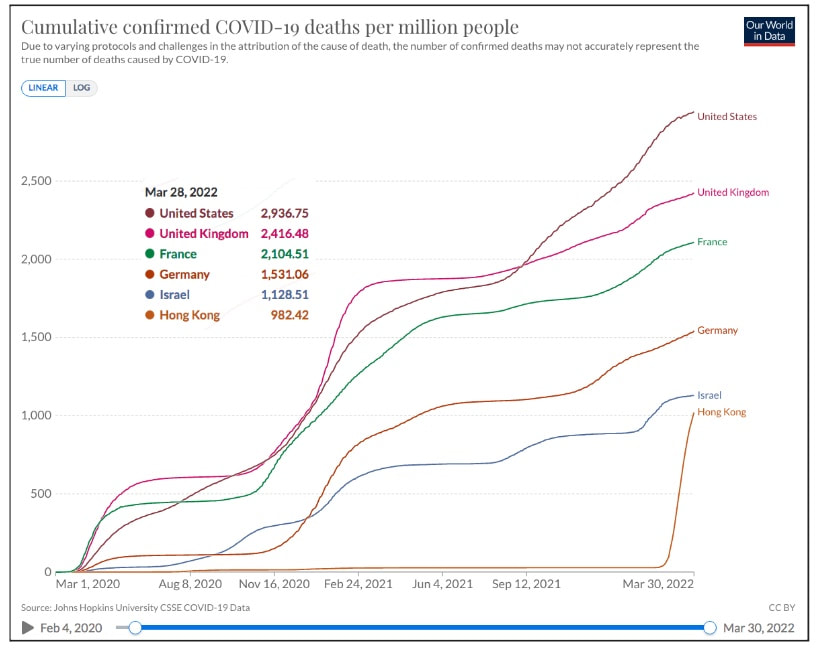
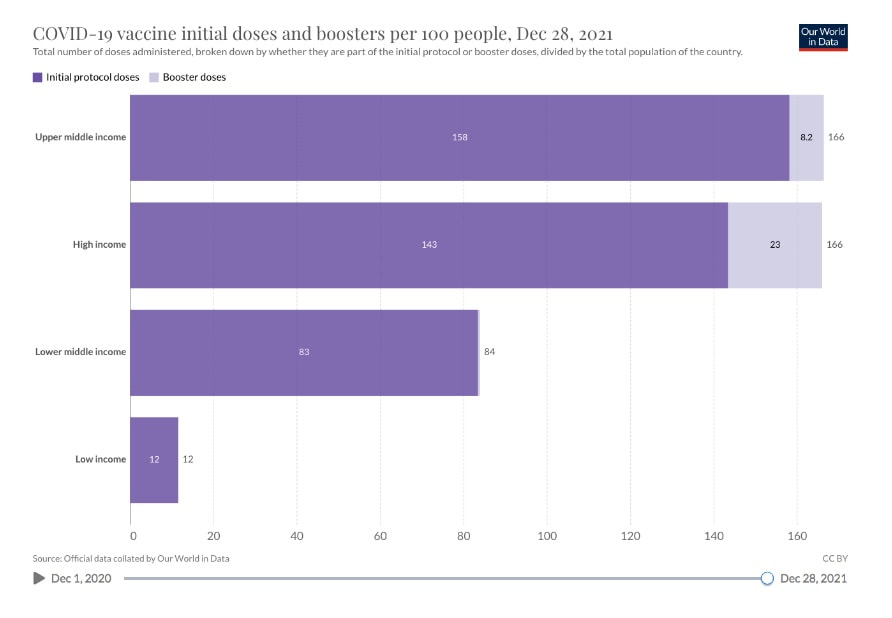
 RSS Feed
RSS Feed